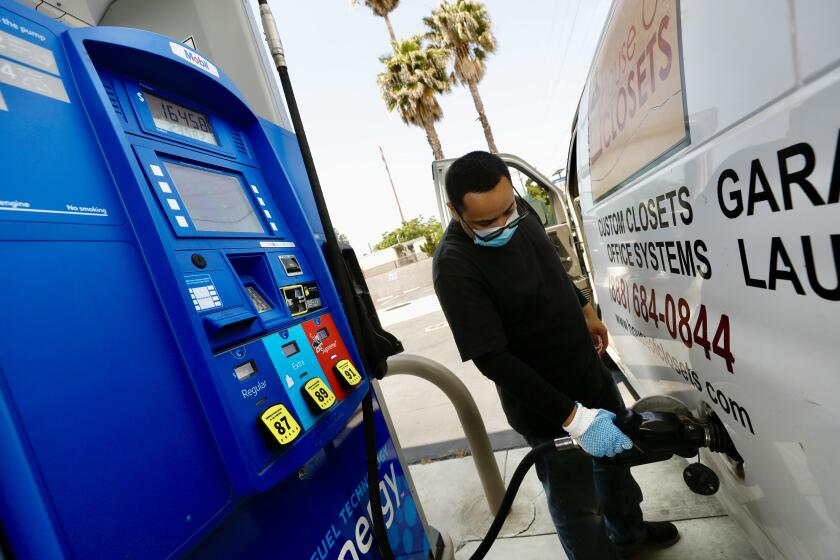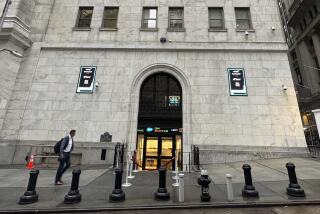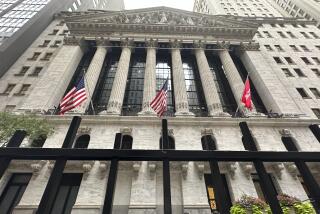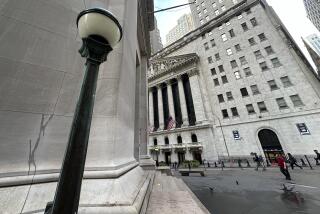Wall Street rises to cap a winning April
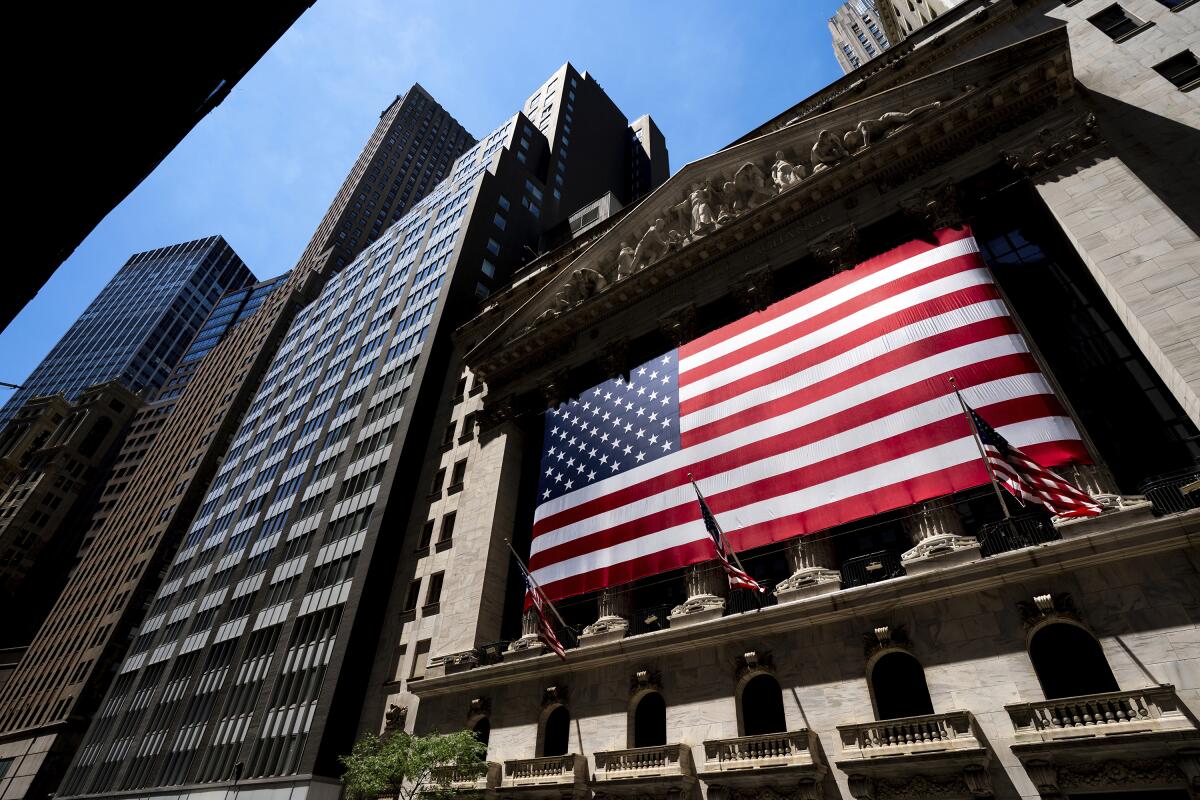
Wall Street closed out a winning April with gains Friday, after more companies said their profits at the start of the year weren’t as bad as expected.
The Standard & Poor’s 500 rose 34.13 points, or 0.8%, to 4,169.48. Despite some sharp swings earlier this week, it still clinched a second straight winning month. The Dow Jones industrial average climbed 272.00 points, or 0.8%, to 34,098.16, and the Nasdaq composite gained 84.35 points, or 0.7%, to end at 12,226.58.
Exxon Mobil did some of the market’s heavier lifting after it rose 1.3%. It reported stronger profit and revenue for the latest quarter than forecast.
Intel gained 4% after reporting a milder loss than expected and stronger revenue for the latest quarter. Mondelez International, the food giant behind Oreo and Ritz brands, rose 3.9% after topping Wall Street’s estimates. It also raised its forecast for revenue and earnings for the full year.
Mixed signals — including layoffs, strong job growth and lingering inflation — have clouded the U.S. economic outlook.
They helped to offset a 4% drop for Amazon, which weighed heavily on the market despite reporting stronger profit and revenue for the latest quarter than expected. Analysts pointed to a slowdown in revenue growth at Amazon’s AWS cloud computing business.
Snap tumbled 17% after its revenue for the latest quarter fell short of forecasts. Pinterest also fell sharply, down 15.7%, despite reporting stronger results than expected. Analysts pointed to its growth forecast for the current quarter, which looked more tepid than some expected.
Wall Street has focused heavily on what chief executives are saying about their upcoming trends given how much uncertainty is ahead about where the economy and interest rates are heading. The economy is slowing under the weight of much higher interest rates meant to get high inflation under control.
The majority of companies so far this reporting season have beaten expectations, including tech behemoths Microsoft, Alphabet and Meta Platforms this week. They have an outsize effect on market indexes because of their massive size.
But the bar was set considerably low for the first three months of the year. Wall Street is worried that continued weakness could lead to a third straight drop in earnings for S&P 500 companies in the second quarter of the year.
Recent economic reports have firmed expectations on Wall Street that the Federal Reserve will raise interest rates again at its next meeting next week. Traders are also betting on a possibility the Fed may raise rates again in June.
A report on Friday said the inflation measure that the Fed prefers to use came in close to expectations for March, but it remains well above the target.
Compensation for workers also rose more during the first three months of the year than economists expected. Although that’s welcome news for workers trying to keep up with still-rising prices at registers, the Fed fears that rising wages could help make high inflation more entrenched.
Economically speaking, the vibes are off. Here’s what you should be doing with your money, according to financial experts.
“Bottom line, inflation is still above target, and the Fed is poised to raise interest rates again next week — and leave them at high levels for quite a while,” said Mike Loewengart, head of model portfolio construction at Morgan Stanley Global Investment Office.
High rates combat inflation by slowing the entire economy and hurting investment prices. That has many investors preparing for a possible recession to hit sometime this year.
The Fed has raised its key overnight interest rate to its highest level since 2007, up from its record low, in a barrage of increases that started early last year. The rate hikes have already slowed the economy’s growth down to an estimated 1.1% annual rate in the first quarter of this year.
They’ve also caused cracks in the banking system, with the second- and third-largest U.S. bank failures in history rocking global markets last month. Investors are hunting for other weak links, and the spotlight has been particularly harsh on First Republic Bank.
Its stock more than halved this week after it gave details about how much in deposits its customers have yanked. First Republic tumbled again Friday and is down 97.1% for the year so far.
The Federal Reserve released a report Friday blaming the failure of Silicon Valley Bank on a combination of poor bank management, weakened regulations and lax government supervision. That bank’s collapse is what sparked the industry’s turmoil last month.
In the bond market, the yield on the 10-year Treasury fell to 3.43% from 3.52% late Thursday. It helps set rates for mortgages and other important loans. The two-year yield, which more closely tracks expectations for the Fed, fell to 4.02% from 4.08%.
In markets abroad, stock indexes were mixed in Europe and mostly higher across Asia.
Japan’s Nikkei 225 stock index rose 1.4%, and the Japanese yen fell against the dollar. In its first policy meeting under its new governor, Kazuo Ueda, the Bank of Japan kept its key policy rate at negative 0.1% even as inflation in the country continues to overshoot its target.
More to Read
Inside the business of entertainment
The Wide Shot brings you news, analysis and insights on everything from streaming wars to production — and what it all means for the future.
You may occasionally receive promotional content from the Los Angeles Times.
